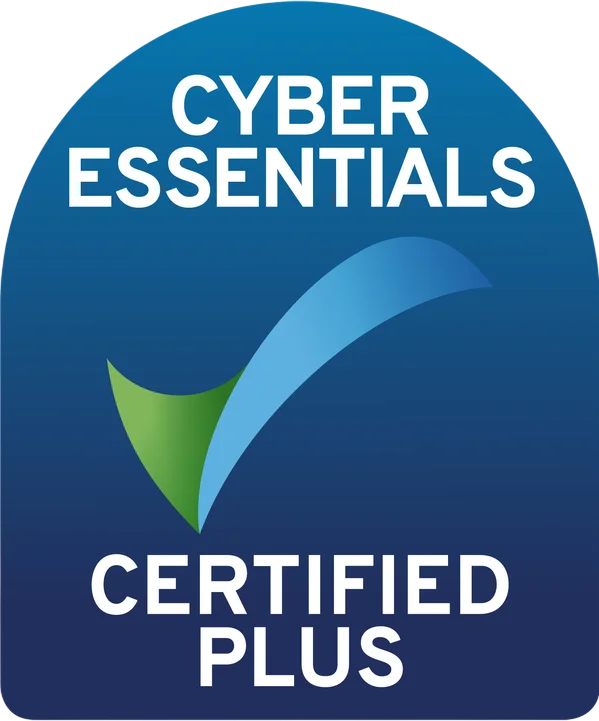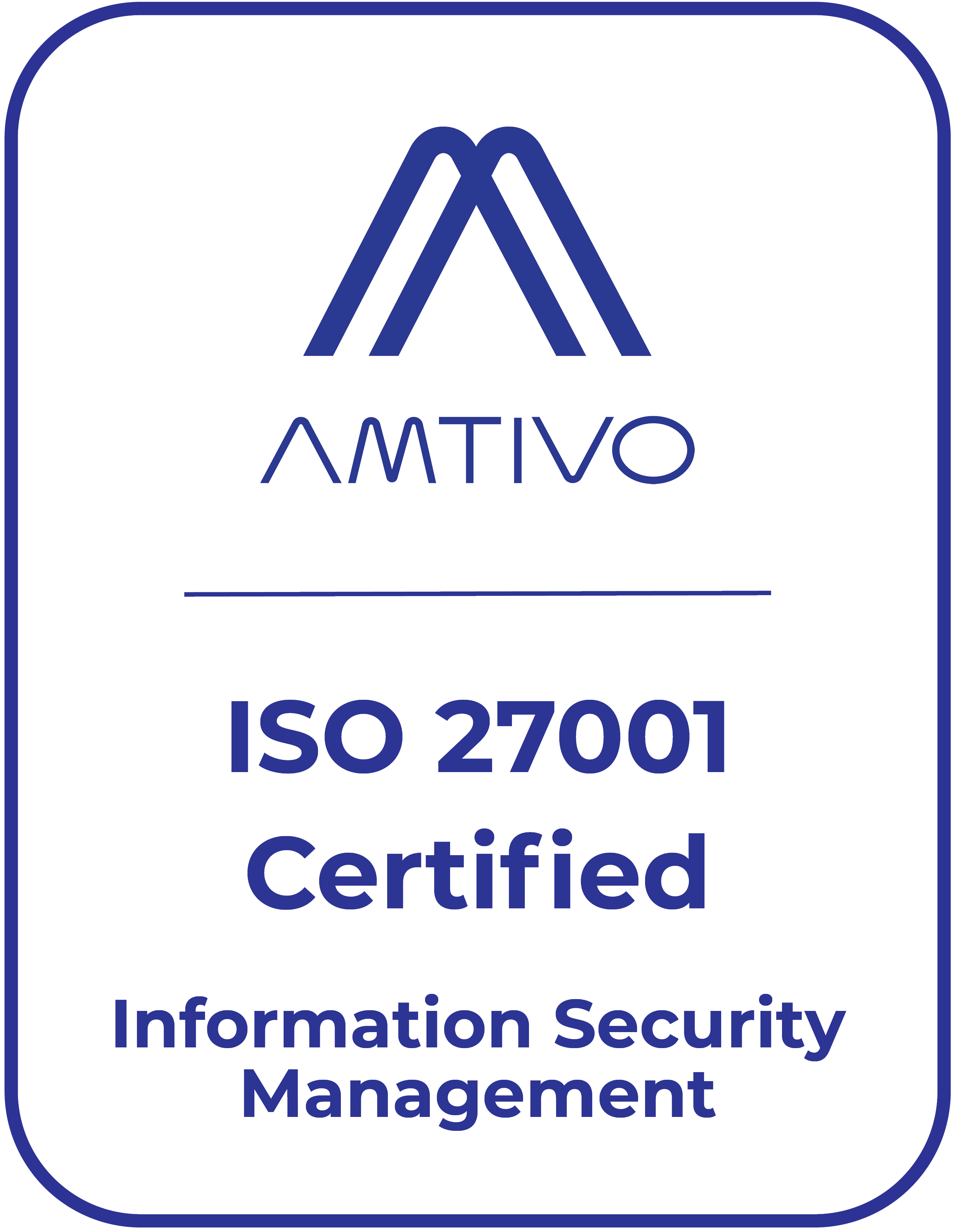Feature focus: AIMS chat function for grant management
We know that grant givers need to do a lot of talking about the grants they give – and we know that this communication needs to be maintained securely and safely alongside other grant-sensitive materials.
Recently, we have responded to a need from grant making organisations for a secure communication channel. Our clients have requested a means of communication with colleagues, applicants, reviewers and other stakeholders that isn’t reliant on email – we understand that email is not data secure, and is at risk of becoming lost with staffing changes. We have developed the AIMS chat function to meet these needs, and are delighted that all existing and new clients now benefit from this facility with the latest updates of AIMS.

What can AIMS chat do for you?
AIMS chat allows users to instant message (IM) which allows real-time messaging to provide a much quicker and easier way to contact their colleagues – whether this is a grant or project manager, internal staff or a peer to request assistance when working on a collaboration.
AIMS chat is for ad hoc correspondence, reducing the need for long email chains and face-to-face meetings.
How does the AIMS chat function work?
It is possible to send an AIMS chat IM from a contact or an application profile. In either situation ‘rooms’ can be created. All conversation that occurs within a chat that has been given a title – and therefore has become a room – is automatically filed under the same subject. Many users can be added to a room, and a project can have numerous rooms. Within a room there may be multiple messages from a variety people of who are all linked to that room.
Rooms are purely text-based and, like all AIMS products, are cloud-based so can be accessed from anywhere on any device.
How can I access AIMS chat?
A new chat area is available in AIMS for all users. This allows users to access all their chatrooms and respond to messages within each room. Only people with an existing AIMS profile can be added to a chatroom. There are 3 different chat room types available on the all chat screen: Contact, Organisation and Application chat rooms. Each chat room has a different image to represent them. It is possible to filter the rooms by the room name.
When a message is sent, all users who been added to a room will receive a notification. This notification shows in a new notifications screen accessed via a bell-shaped icon in the header bar. This notification area will show all chat rooms that the user has been added to. It will be possible to reply to any messages from here, as well as via the chat tab.
Other functions available in this area are:
- Add a new room
- Send a message
- Delete a message
- Add AIMS user
- Remove user
- Archive room
- Viewing a contact/application record
Security
Both internal and external AIMS users may be added to a chat, depending on role and permissions. Only the users added to a room can view the communications – with the exception of a system admin user who can access a room regardless of permissions
If an external user has permission to view an application, a link displays next to the room name, when the application’s chatroom is selected from the list. This link will bring an external user to the application chats tab. If an external user doesn’t have permission to view an application, the link doesn’t display.
A user can delete any of their own messages, and a system admin user can delete any message. A user can remove themselves from any group, and with the correct permissions can add new users to the chatroom.

Why is a chat function useful for a grant management system?
- Real-time communication: Grant management often involves collaboration among various stakeholders, including grant applicants, reviewers, administrators, and other team members. A chat function allows for real-time communication, enabling quick responses to queries, clarifications, or updates.
- Efficient problem solving: Users may encounter issues or have questions while navigating the grant application or management process. A chat function provides a convenient platform for users to seek assistance, troubleshoot problems, and receive immediate support from system administrators or support staff.
- Enhanced user experience: Incorporating a chat function improves the overall user experience by offering a responsive and interactive support channel within the grant management system. Users can easily access help without having to navigate away from the application interface.
- Reduced delays: Traditional support channels like email or phone calls may lead to delays in response times due to backlog or time zone differences. With a chat function, users can receive timely assistance, reducing the waiting period for resolution of issues or queries.
- Documentation and tracking: Chat conversations can be logged and archived within the system, providing a record of interactions between users and support staff. This documentation can be valuable for tracking user enquiries, resolving recurring issues, and improving system usability over time.
- Streamlined communication: We know that grant management involves coordinating tasks, deadlines, and requirements among multiple parties. A chat function facilitates streamlined communication by enabling direct messaging between specific users or groups, ensuring everyone stays informed and encouraging efficient collaboration.
- Scalability and accessibility: As grant management systems scale to accommodate a growing user base or expanding grant programs, a chat function can effectively handle increasing volumes of user enquiries without overwhelming support resources. Additionally, it provides accessibility to users who may prefer or require alternative communication methods.

